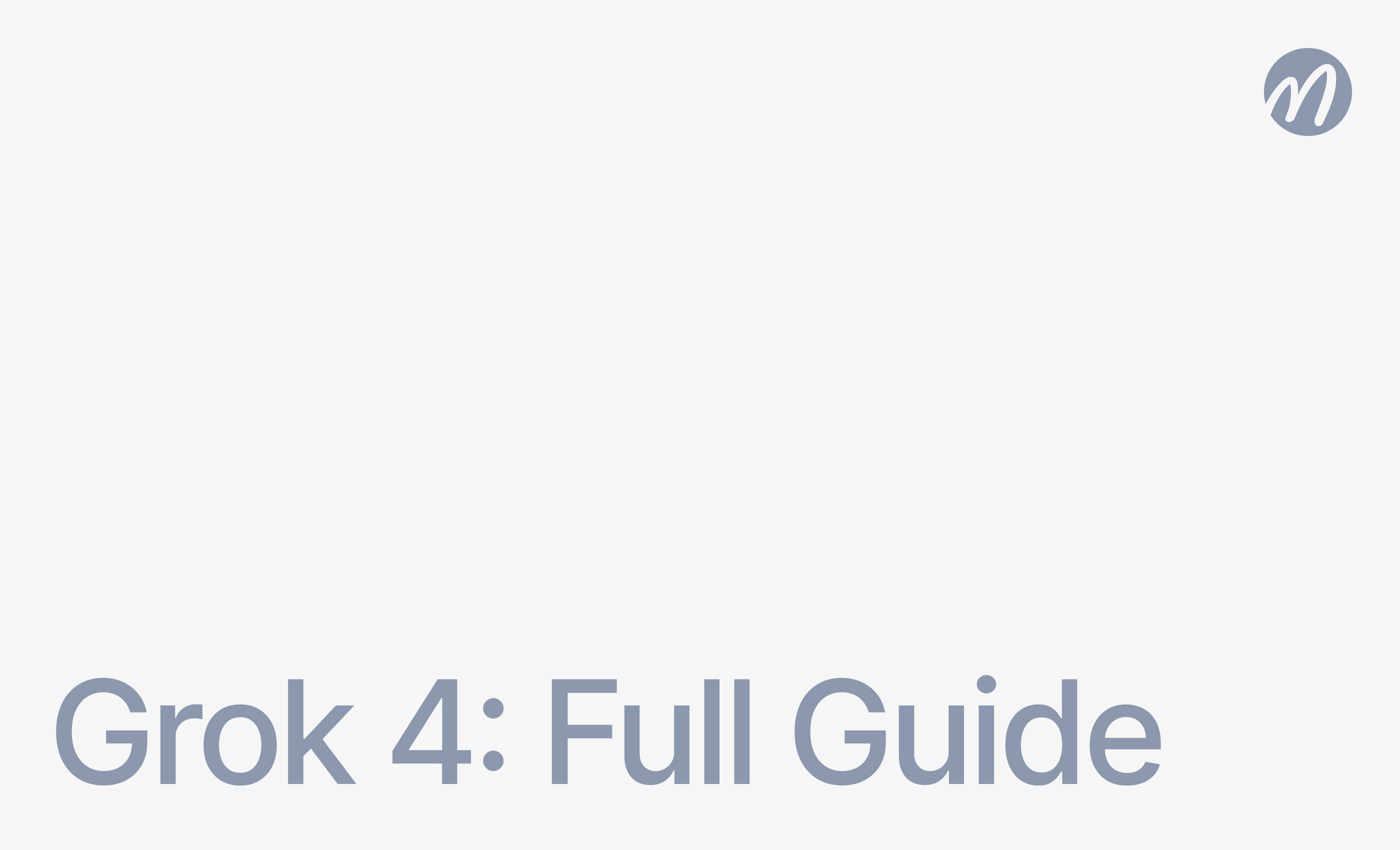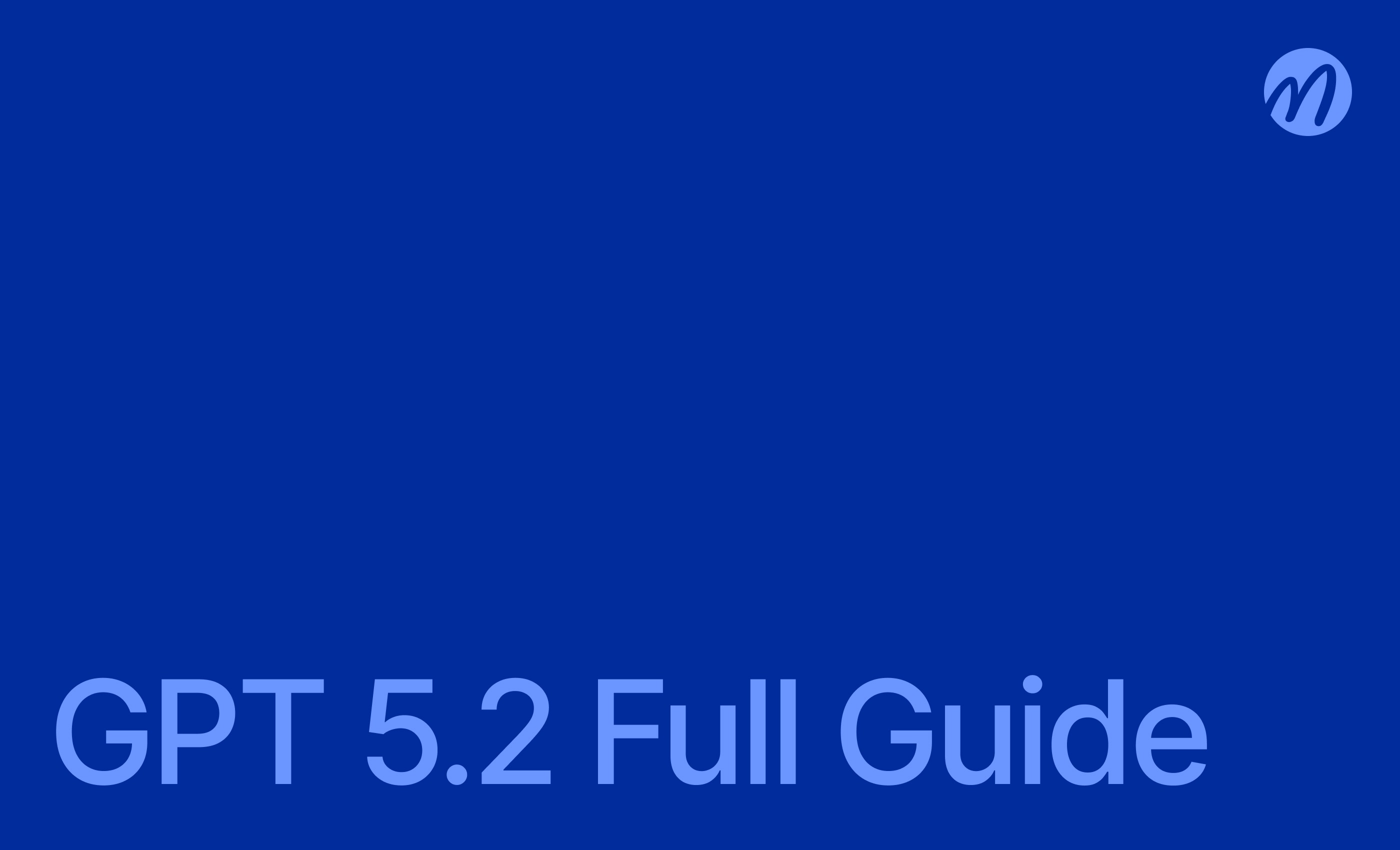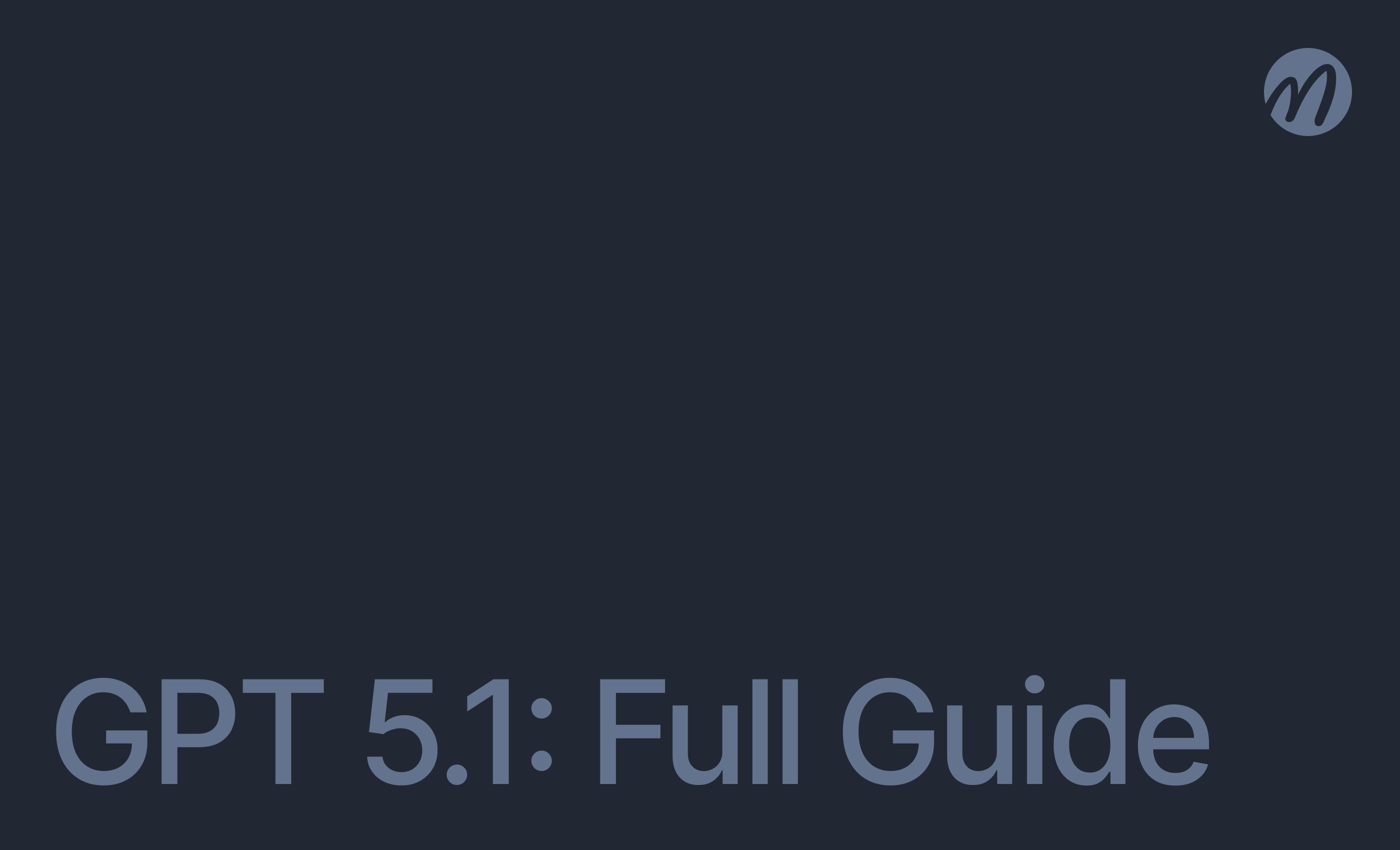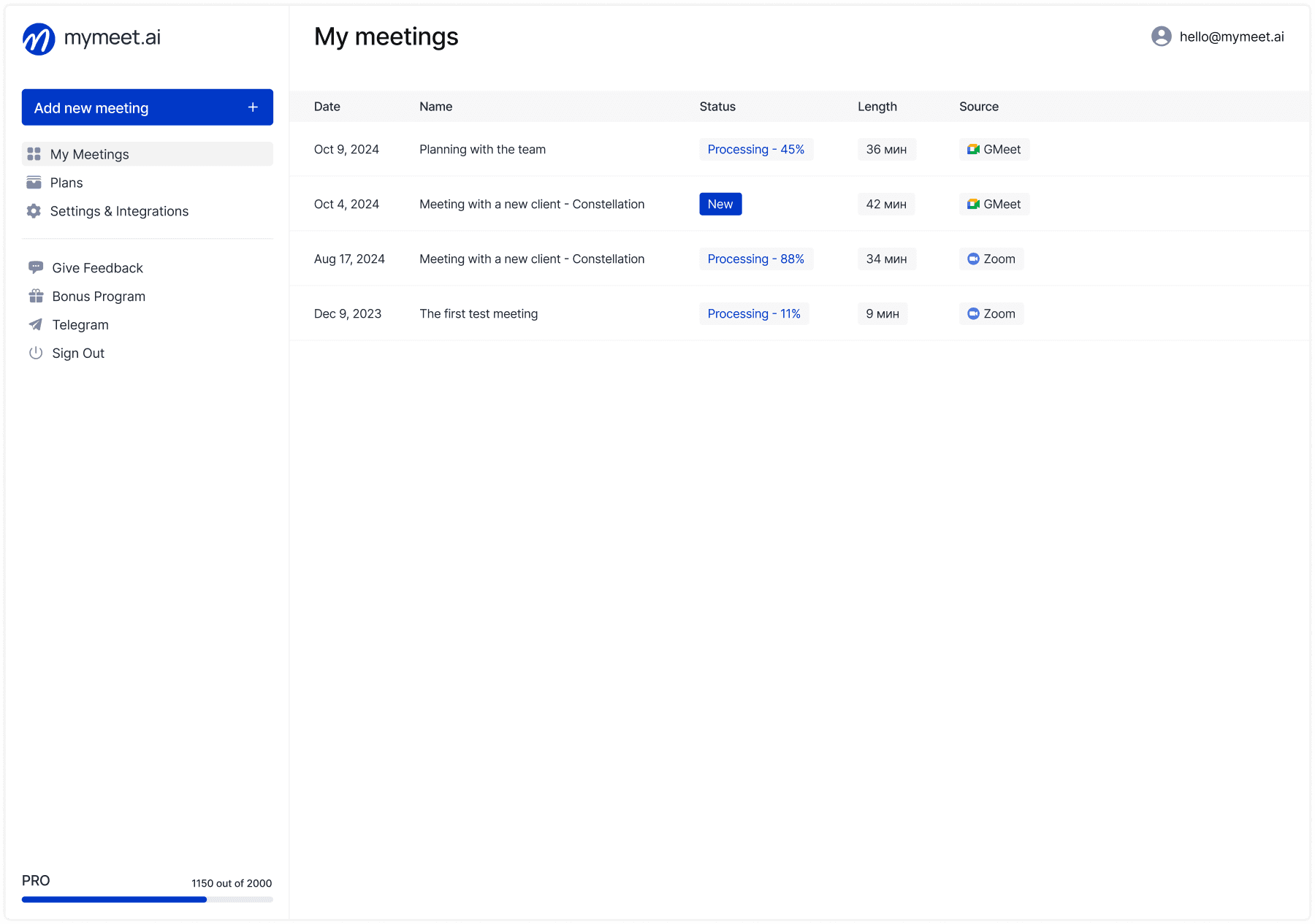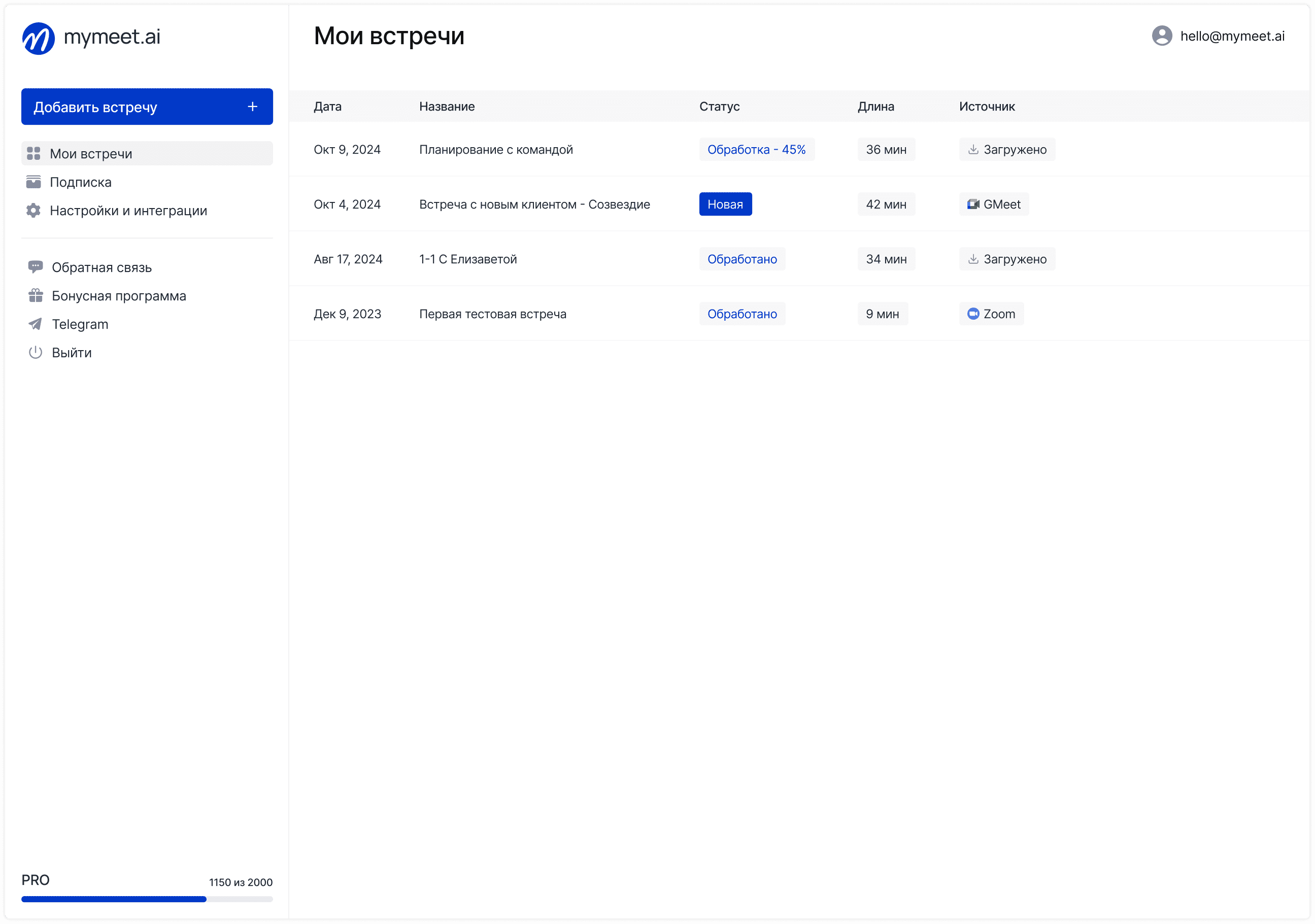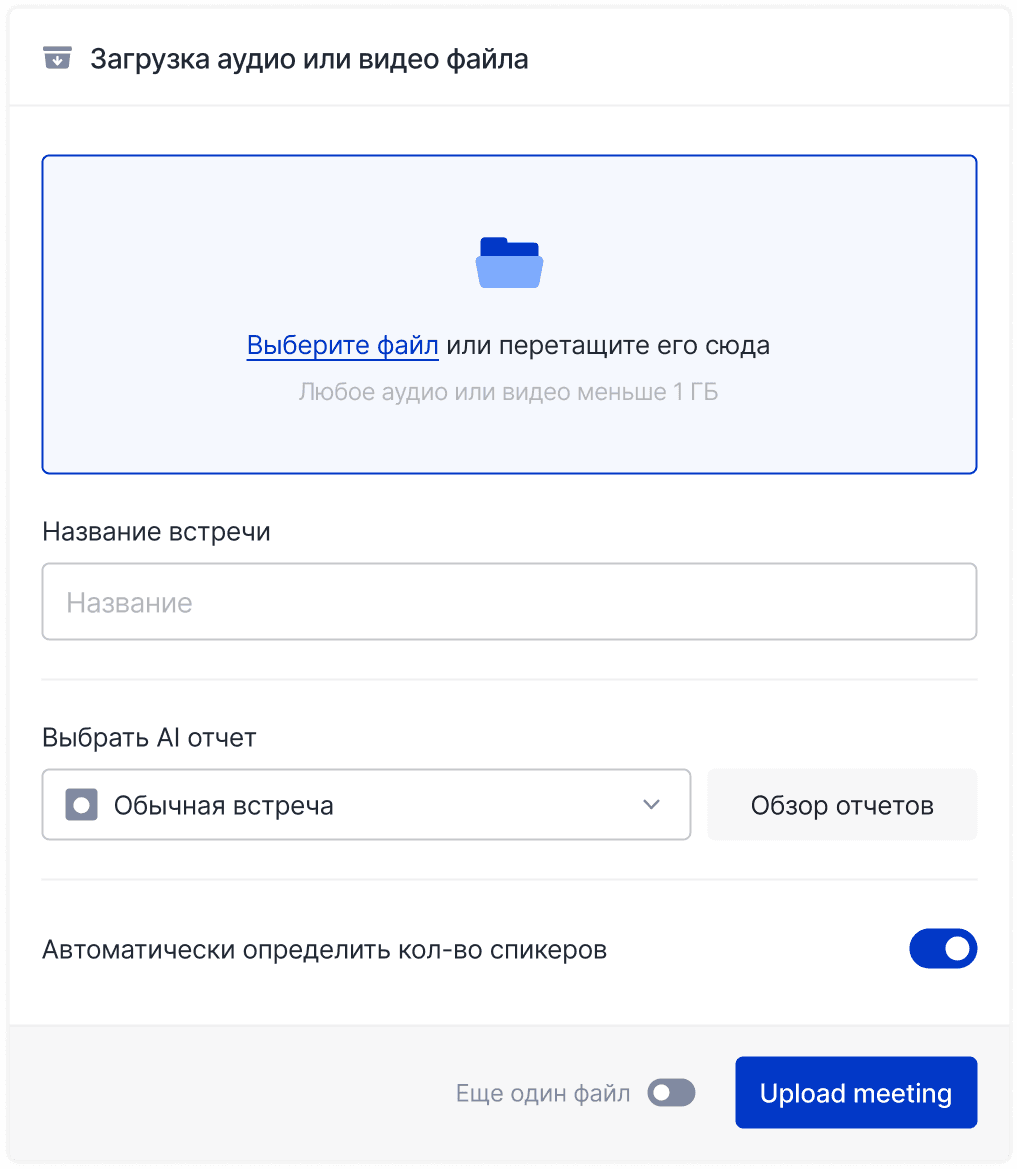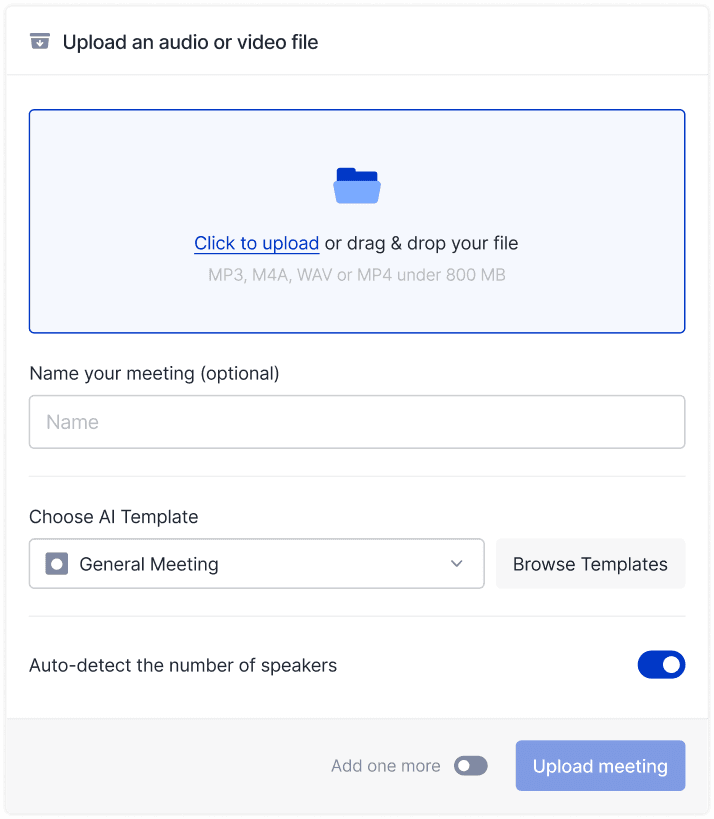Technology & AI

Fedor Zhilkin
Apr 1, 2025
OpenAI has integrated a new image generator directly into ChatGPT, replacing the previous DALL-E 3 version with the powerful multimodal GPT-4o model. The tool shows significant progress in quality and capabilities, helping to create more accurate and functional images. The feature is available to all users, including those on the free tier (with a limit of three images per day).
Technical Features of the GPT-4o Image Generator
OpenAI engineers have completely redesigned the foundation of the generation technology. Instead of the approach used in most existing systems, GPT-4o uses fundamentally new methods.
The model creates images sequentially, from left to right and top to bottom, unlike DALL-E 3, which forms the entire picture simultaneously. This allows for significantly improved accuracy in rendering text and complex elements. GPT-4o can also correctly process up to 15-20 objects simultaneously, preserving all their properties without confusing attributes—a problem that limited previous models to 5-8 elements. Thanks to integration with chat context, the system analyzes the entire previous conversation and user-uploaded images to create more relevant results.
Key Improvements in ChatGPT's Image Generator
Testing GPT-4o revealed four areas where progress is most noticeable. These improvements make the new image generator a practical tool for professional use.
1. Flawless Text Generation on Images

In previous versions, text on images was often illegible or contained errors. GPT-4o completely solves this problem, generating clear, grammatically correct captions that blend organically into the composition.

Creating infographics, posters, restaurant menus, and advertising banners has now become much more efficient. The text is not only readable but also maintains correct stylistic accents, which is critical for marketing materials. Tests show that the model handles even complex multilingual captions, although minor inaccuracies sometimes occur with non-Latin alphabets.
2. Character Consistency Across Image Series
GPT-4o has "visual memory," allowing it to maintain recognizable character features when generating a series of images. This is an important achievement for creating consistent visual stories and social media content.

When creating multiple scenes with one character, the system maintains consistency in their appearance, changing only facial expressions, poses, or clothing according to context. For brands and marketers, this opens up the possibility of developing recognizable brand characters without having to repeatedly describe their appearance in each request. The same principle works for objects and environments, ensuring visual cohesion between images.

3. Enhanced Photo Editing Capabilities

The new model allows users to upload existing images and modify them using text prompts. Users can change the time of day, weather, add or remove objects, transform the style, and much more.

Particularly impressive is the system's ability to maintain the overall atmosphere and composition of the original while making changes. When editing photos, GPT-4o takes into account perspective, lighting, and other parameters to make new elements look natural. This feature saves hours of work in graphic editors for marketers, designers, and content creators who often need to quickly adapt visual materials.
4. Deep Understanding of Visual Context
GPT-4o analyzes the images you upload and takes them into account when creating new content. This allows the system to adapt to your visual style and preferences.

The model can recognize the color palette, compositional solutions, and overall aesthetics of uploaded examples, and then apply these characteristics when creating new images. For brands, this means the ability to maintain visual consistency in marketing materials without writing detailed instructions for each request. It's enough to show the system a few examples of brand style, and it will adhere to the specified parameters.

Limitations of the GPT-4o Image Generator to Be Aware Of
Despite its impressive capabilities, the new image generator has several limitations that are important to consider in your work.
Increased Image Generation Time
Creating a single image takes up to a minute instead of 10-15 seconds with DALL-E 3. This is due to a more complex algorithm that ensures high quality. For large-scale projects, it's recommended to distribute tasks across multiple sessions.
Working with Non-Standard Formats
GPT-4o may experience difficulties with extremely elongated proportions. For best results, use standard aspect ratios: 1:1, 4:3, 16:9, or 3:4. If necessary, create non-standard formats in parts.
Limitations with Complex Structures
The system may inaccurately display many small details or strict structures (complex diagrams, tables). For complex information, it's better to break it down into logical blocks and generate them separately.
Working with Non-Latin Fonts
When using Cyrillic and other non-Latin alphabets, minor errors sometimes occur, especially in complex compositions. It's recommended to carefully check results and possibly make several attempts with different phrasings.
How to Combine Image Generation with Other AI Tools
ChatGPT's new image generator complements other AI services well, creating a comprehensive ecosystem for work.

For example, during concept discussions in meetings recorded and transcribed using mymeet.ai, the team can immediately visualize ideas through ChatGPT. The mymeet.ai service automatically connects to meetings, creates transcripts and AI reports, capturing all key decisions that can then be visualized.

This approach is especially effective in design processes, where concept discussions are immediately transformed into visual prototypes, shortening the path from idea to implementation.

Practical Use Cases for ChatGPT's Image Generator in 2025
The new tool finds applications in various fields. Here's how different specialists can use it in their work.
Applications in Marketing and Advertising

Marketers gain a tool for quickly creating visual content needed in digital communications. With GPT-4o, you can create a series of consistent social media posts with a unified style, quickly visualize advertising campaign concepts for discussion with clients, generate variants for A/B testing, and adapt materials for different audiences without involving designers.
Use in Education and Science

For teachers and scientists, the generator provides access to quality illustrations. Complex scientific concepts become easier to explain with visual materials. Historical events are visualized with high accuracy, making learning more engaging. Personalized educational materials can be adapted for specific tasks, and infographics help present complex data in an understandable format.
Possibilities for Designers and Developers

Designers use the tool as an assistant for prototyping. Application interfaces can be quickly visualized before detailed elaboration. For games, the generator creates concept art for characters and environments, saving weeks of work. Architectural visualization helps present buildings in different conditions, and design systems can be illustrated with specific examples.
Benefits for Small Businesses and Startups

The generator provides the greatest value for companies with limited budgets. Creating logos and brand styles becomes accessible even without special skills. For marketplaces, you can independently generate product images. Advertising materials are created quickly and with professional quality, and updating content for social media no longer requires constant expenditure on designers.
Comparison of Image Generators in 2025: ChatGPT vs. Competitors
The AI image generation market features several powerful tools with different strengths. Comparative analysis helps understand in which scenarios GPT-4o outperforms competitors and where it falls short.
Feature | ChatGPT (GPT-4o) | DALL-E 3 | Midjourney v6 | Google Gemini | Stability AI |
Text Quality | Excellent | Average | Good | Good | Problematic |
Generation Time | Up to 1 minute | 10-15 seconds | 30-60 seconds | 15-20 seconds | 10-20 seconds |
Prompt Accuracy | Very High | High | Medium | High | Medium |
Stylistic Diversity | Wide | Wide | Exceptional | Limited | Very Wide |
Object Handling | Up to 15-20 objects | Up to 5-8 objects | Up to 10 objects | Up to 8-10 objects | Up to 5-7 objects |
Editing Capabilities | Advanced | Basic | Minimal | Good | Limited |
Accessibility | Partially Free | Paid | Paid | Partially Free | Partially Free |
Unique Advantages of ChatGPT's Image Generator
After comparing the main platforms, four key advantages of GPT-4o stand out:
Excellent text quality on images makes it ideal for informational materials, presentations, and marketing content with captions.
Accurate following of complex prompts allows you to get the needed images without numerous clarifications and repeated attempts.
Integration with dialogue context provides the ability to sequentially improve images, simplifying the refinement process.
Advanced photo editing significantly expands functionality, transforming the tool from a simple generator into a full-fledged visual editor.
Meanwhile, competitors maintain their advantages: Midjourney leads in artistic diversity, DALL-E 3 stands out for generation speed, and Google Gemini offers convenient integration with the Google ecosystem.
Conclusion
The appearance of the updated image generator in ChatGPT, based on the GPT-4o model, marks an important stage in the development of tools for creating visual content. The revolutionary technology makes professional visual materials accessible to a wide range of users.
OpenAI's decision to make the basic version available to all users, including the free tier, is particularly valuable. This democratizes access to advanced technologies and opens new possibilities for those who previously couldn't afford professional design.
As the technology develops, we can expect further improvements in quality and generation speed, as well as the emergence of new specialized tools. But it's already clear that the world of visual communication has changed irreversibly, and creative professions will undergo a serious transformation in the coming years.
Frequently Asked Questions About the GPT-4o Image Generator in ChatGPT
Is the new image generator available to all ChatGPT users?
Yes, the feature is available to all users, including those on the free tier. However, free users are limited to 3 images per day, while Plus, Pro, and Team subscribers can create an unlimited number of images.
Is a paid subscription required to use all generator functions?
A ChatGPT Plus, Pro, or Team subscription is required for full use without limitations. Basic capabilities are available to everyone, but with a limit on the number of images.
Is commercial use of images from ChatGPT allowed?
According to OpenAI's current terms of use, generated images can be used in commercial projects. It's recommended to periodically check up-to-date information on the official website, as rules may be updated.
How does the GPT-4o image generator work with Russian and other languages?
The system supports most non-Latin fonts, including Cyrillic. Text quality in Russian and other languages has significantly improved compared to previous versions, although minor inaccuracies may sometimes occur in complex compositions.
How can the image generator be used in combination with other AI tools?
An effective approach is to integrate image generation into the team's workflow. For example, after meetings and brainstorming sessions recorded with mymeet.ai, you receive a structured report with key ideas that can then be visualized in ChatGPT. This creates a continuous cycle from discussion to implementation.
What is the fundamental difference between the GPT-4o generator and previous versions?
Key differences include: significantly improved handling of text on images, ability to correctly process up to 15-20 objects simultaneously, sequential generation method instead of simultaneously forming the entire image, enhanced capabilities for editing existing photos, and deep integration with dialogue context.
Fedor Zhilkin
Apr 1, 2025

